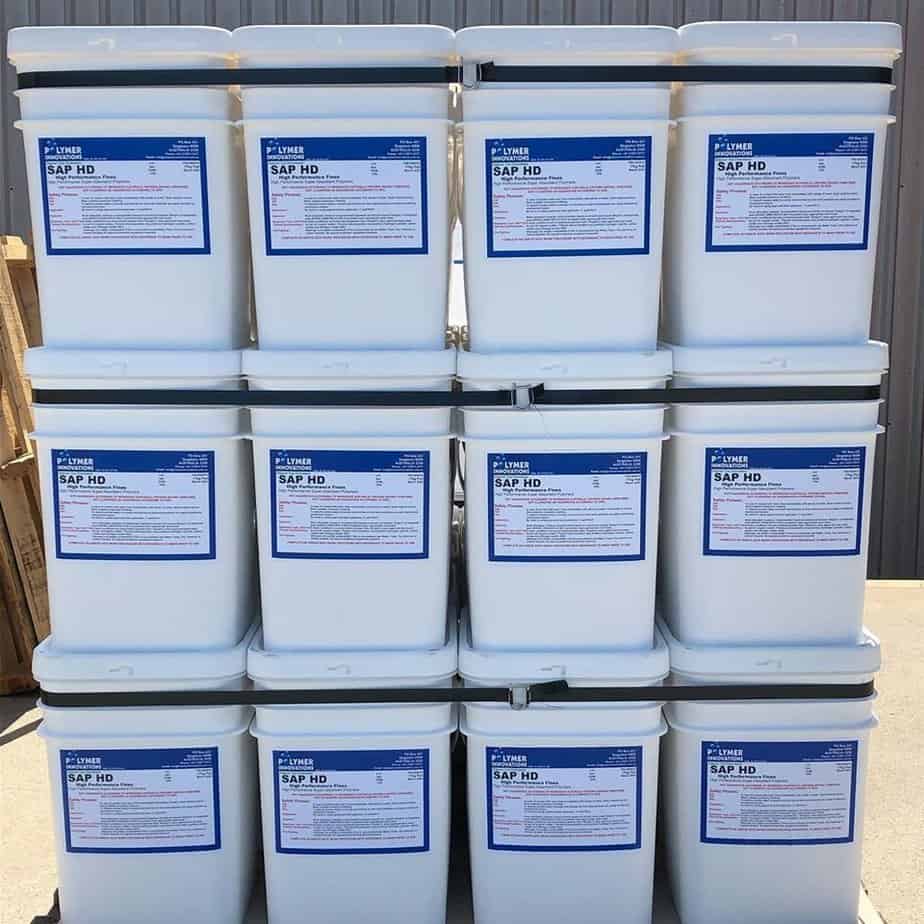
While Watersave is a remarkable polymer-based product with proven capabilities in water retention and soil improvement applications, it is not a suitable solution for addressing dam leakage.
Water is one of our planet’s most valuable resources, and managing it effectively is crucial. Dams play a significant role in water management, storing water for a variety of uses, including hydroelectric power production, drinking water supply, and irrigation.
However, dams are not immune to issues, and leakage is one of the most prevalent problems they face. While there are solutions available to address dam leakage, it’s essential to understand that Watersave, a polymer-based product known for its water retention capabilities, may not be the panacea for this particular challenge.
In this blog post, I’ll look at the complexities of dam leakage and why Watersave may not be the solution you’re looking for.
1: The Challenge of Dam Leakage
Dams are complex structures designed to hold back large volumes of water. Whether they are earthen dams, concrete dams, or embankment dams, they all face the risk of leakage over time. Dam leakage can result from various factors, including:
Foundation Issues: Poorly compacted soil, geological faults, or shifting ground can create pathways for water to seep through the dam’s foundation.
Aging Infrastructure: Older dams may suffer from degradation of materials, cracks, and wear and tear, leading to increased permeability.
Piping: The movement of water through soil particles within the dam can create channels, known as piping, allowing water to flow through the dam structure.
seepage: Slow, gradual seepage through the dam’s materials can occur, even in well-constructed dams.
2: Watersave’s Properties
Before delving into the limitations of Watersave in addressing dam leakage, it’s crucial to understand the properties and intended uses of this polymer-based product. Watersave is primarily designed for water retention in soil and substrates. Its unique properties include:
Hydrogel Technology: Watersave contains hydrogel polymers that can absorb and retain large quantities of water.
Moisture Release: It slowly releases water back into the soil, helping maintain consistent moisture levels and reducing the need for frequent irrigation.
Soil Improvement: Watersave enhances soil structure and fertility over time, promoting healthy plant growth.
Applications: Watersave is commonly used in agriculture, horticulture, landscaping, construction, and erosion control.
3: Watersave’s Limitations in Dam Leakage
While Watersave excels in water retention and soil improvement applications, it has inherent limitations when it comes to addressing dam leakage issues:
Permeability vs. Structural Integrity: Watersave primarily focuses on enhancing the moisture-retaining capacity of soil and substrates. It is not designed to improve the structural integrity of dam materials or prevent water from passing through the dam itself.
Compression and Pressure: Dams are subject to significant compressive forces and water pressure due to the weight of the water they contain. Watersave’s hydrogel technology may not withstand these forces, and its use may not be effective in preventing or sealing leaks.
Pathways for Leakage: Dam leakage often occurs through cracks, gaps, or channels within the dam structure. Watersave, when applied to the surface, may not effectively seal these pathways or address the underlying structural issues causing leakage.
Unsuitable Application: Applying Watersave to a leaking dam may lead to a false sense of security, potentially diverting attention from addressing the root causes of the problem. It is essential to prioritize comprehensive dam repair and maintenance solutions.
4: Effective Solutions for Dam Leakage
To address dam leakage effectively, it is crucial to implement solutions that target the specific causes and vulnerabilities of the dam. Some of the approaches and strategies include:
Geotechnical Investigations: Conduct thorough geotechnical investigations to understand the dam’s foundation, soil conditions, and potential pathways for leakage.
Maintenance and Repairs: Regular maintenance and timely repairs can address structural issues, cracks, and deterioration in the dam’s materials.
Bentonite: Use specialized grouting materials such as Bentonite to seal cracks and pathways through the dam structure.
Drainage Systems: Implement drainage systems, such as filters, drains, and cutoff walls, to manage and redirect seepage away from critical areas.
Professional Assessment: Seek the expertise of dam engineering professionals to assess the specific challenges of your dam and develop tailored solutions.
5: The Importance of Professional Guidance
When dealing with dam leakage issues, it is crucial to consult with experienced professionals who specialize in dam engineering and maintenance. Attempting to address dam leakage without proper expertise can lead to ineffective solutions and potential risks to the dam’s structural integrity.
Professional guidance ensures that the underlying causes of leakage are thoroughly assessed, and appropriate remediation measures are applied. This method helps avoid more issues in addition to resolving the current one.
6: Conclusion
Dam leakage is a complex issue influenced by various factors, including structural integrity, foundation conditions, and the presence of pathways for water to flow through the dam.
To effectively address dam leakage, it is essential to engage with dam engineering professionals who can conduct comprehensive assessments and implement appropriate solutions tailored to the specific challenges of your dam. The long-term safety and functionality of your dam depend on a well-informed and expert approach to addressing leakage issues.
More reading
A comprehensive guide to dam sealing

Pingback: Repair Of Leaks In Dams: Risk Assessment & Client Communication | Big Ditch Dam Building Company
Pingback: Why Polymer Sealers Are Not The Solution To A Leaking Dam | Big Ditch Dam Building Company